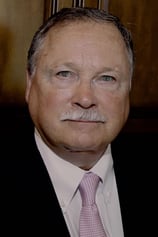In a few days I am going to write an important blog article that will teach you How to Quote a Commercial Loan. In that article I will need to refer to Rent Rolls and Schedules of Leases. This training article will teach you the meaning of those two terms.
It is surprising, but when the typical commercial lender underwrites a commercial real estate loan, he will allow the borrower to use this year's scheduled rents and last year's actual expenses. This is a surprisingly aggressive position. Commercial lenders might easiy have underwritten their loans based on last year's actual income and last year's actual expenses. Using this year's scheduled rents helps the borrower to qualify for a larger loan because this year's scheduled rents are usually higher than last year's actual receipts.
In order to compute this year's scheduled rents, the lender will ask for a Rent Roll if the property is an apartment building, a self storage facility, or a mobile home park. A Rent Roll is just a list of the tenants by unit number and the amount of each tenant's monthly rent.

If the property is an apartment building, the Rent Roll will also contain the number of bedrooms and bathrooms in each unit and sometimes the square footage of the unit. Apartment units are sometimes called doors. "The property is a multifamily project with 138 doors." If the property is a mobile home park, the Rent Roll will list whether the home on the pad is a single-wide, double-wide, or triple-wide.
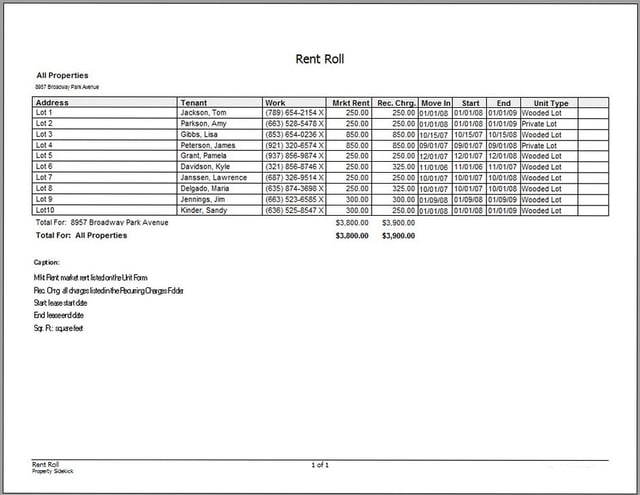
If the property is a self storage facility, the Rent Roll will always contain the square footage of the unit. By the way, mobile home park units are called pads. After all, the tenant usually owns the mobile home. The landlord only provides the pad upon which the mobile home sits. [Hotels units are sometimes called keys. "The subject property is a hotel with 86 keys." Hotel units used to be called rooms until hotels started to build units with suites, each of which have multiple rooms.]
On any Rent Roll, it is very important that the Rent Roll contain the name of the tenant in the unit. This is critical because a good appraiser will perform two or three audit checks of the Rent Roll. "Good afternoon, Mrs. Rodriquez, my name is John Jones, and I am doing an appraisal of the property for Key Bank. My Rent Roll here shows that you pay $750 per month in rent for this unit. Is this correct? It's not??? You pay only $600 per month??? Hmmmm." Unfortunately, mortgage fraud like this is fairly common in commercial real estate finance.

Most other types of commercial property - like office buildings, retail buildings, strip centers, shopping centers, malls, power centers, lifestyle centers, industrial buildings, and industrial centers - will have longer term tenants. To determine the current annual rental income, the typical commercial lender will ask for a Schedule of Leases.
A Schedule of Leases is a summary of the tenants in a commerial building that contains the (1) unit number or letter; (2) the name of the tenant; (3) the square footage of the unit; (4) the amount of the monthly rent; (5) the lease expiration date (and sometimes the starting date of the tenancy); and (6) any rent contribution paid by the tenant.
Important Tip:
The mortgage broker who gets his loan client the largest loan amount usually gets the deal, even though a competing lender's loan might be 0.25% or 0.50% lower. To get the largest loan amount, be certain to include the market rent of any vacant units. For example, let's suppose a 50-unit apartment building enjoys 18 2 bedroom-2 bath units rented at $1,500 per month and two 2-bedroom-2 bath units rented at $1,600 per month. If a third 2 bedroom-2 bath unit is vacant on the rent roll, be sure to list that vacant unit as if rented at $1,600 per month, rather than $1,500 per month.
Is your client's company losing money? Is your borrower a foreign national? Do you need a non-recourse loan? Do you need a commercial loan with no prepayment penalty? Is your client's commercial property partially vacant? Do all of your commercial leases run out in the next 18 months? Do you need a lender who will allow a negative cash flow? Do you need a lender who will also look at the borrower's global income - income from salaries, other investments, etc.? Do you need a lender who will allow the seller to carry back a second mortgage? Does your client have a balloon payment coming due on his commercial property? Has your bank offered him a discounted pay-off? Does your borrower have less-than-stellar credit?
Do you have a real estate or mortgage web site? If you put a simple hyperlink to C-Loans.com, you could earn a $21,250 referral fee in your sleep.
Do you like the way I teach? I try to use lots of examples and real life war stories. Want to learn the entire profession of commercial real estate finance?
Keep looking for contact information (contents of a business card) of any banker making commercial real estate loans. I'll swap you the contact information of that one banker for a list of over 2,000 commercial real estate lenders.
By subscribing to this blog, you can enjoy free training in commercial real estate finance twice a week.
Got a friend who would benefit from free training in commercial real estate finance?









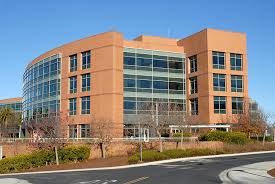 This is the second most important training article about commercial real estate finance ("CREF") that I have ever written. My most important CREF training blog article can be
This is the second most important training article about commercial real estate finance ("CREF") that I have ever written. My most important CREF training blog article can be 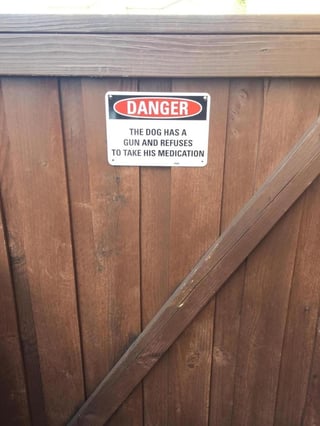
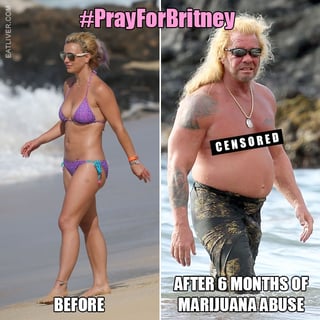
 Anyone who owns a web site that is related to real estate or which provides services to high net worth individuals (accountants, attorneys, insurance salesmen, financial planners, etc.) should pay close attention to this article.
Anyone who owns a web site that is related to real estate or which provides services to high net worth individuals (accountants, attorneys, insurance salesmen, financial planners, etc.) should pay close attention to this article. 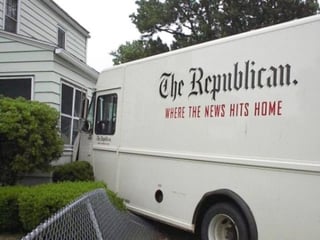

 My oldest son, George IV, and I have recently returned from the biggest commercial loan conference of the year, the California Mortgage Banker's Association 19th Annual Western States Commercial Real Estate Finance ("CREF") Conference held every year in Las Vegas. Among the Big Boys, this conference is known as the
My oldest son, George IV, and I have recently returned from the biggest commercial loan conference of the year, the California Mortgage Banker's Association 19th Annual Western States Commercial Real Estate Finance ("CREF") Conference held every year in Las Vegas. Among the Big Boys, this conference is known as the 

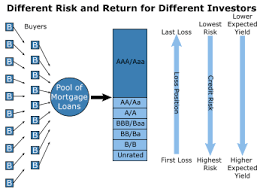 Today you are going to learn a ton about the securitization of commercial mortgages. Then I will explain this huge new development in the CMBS industry.
Today you are going to learn a ton about the securitization of commercial mortgages. Then I will explain this huge new development in the CMBS industry. 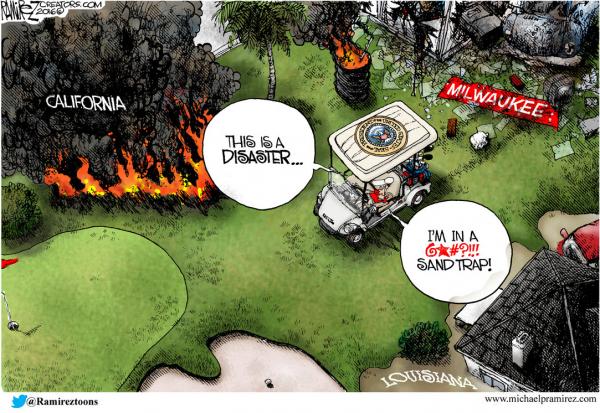


 Today we are going to talk about peer-to-peer lending, crowd-funding, FinTech, and shadow banking. Then I will explain why you should care.
Today we are going to talk about peer-to-peer lending, crowd-funding, FinTech, and shadow banking. Then I will explain why you should care.

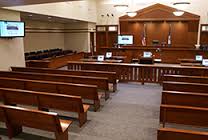 This training article actually matters to a great many of you, whether you are arranging commercial loans or selling income property across state lines.
This training article actually matters to a great many of you, whether you are arranging commercial loans or selling income property across state lines.

 In addition to owning C-Loans.com, I also own
In addition to owning C-Loans.com, I also own 

 Today I am going to remind you of a marketing principle that is applicable to many fields of business, not just to commercial real estate finance (CREF).
Today I am going to remind you of a marketing principle that is applicable to many fields of business, not just to commercial real estate finance (CREF). 



 Below you will find my latest Investor Letter, our monthly newsletter to our 1,000+ private commercial mortgage investors, somewhat similar to Warren Buffet's annual letter to his shareholders. I hope you enjoy it.
Below you will find my latest Investor Letter, our monthly newsletter to our 1,000+ private commercial mortgage investors, somewhat similar to Warren Buffet's annual letter to his shareholders. I hope you enjoy it.

